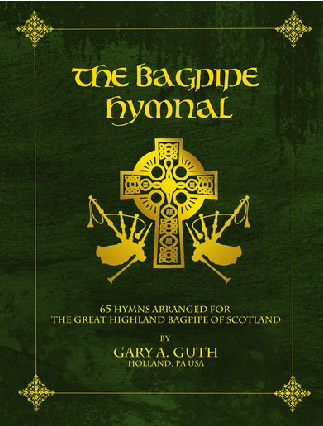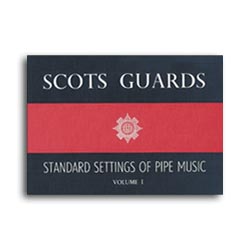Today, I want to share two powerful practice techniques that I use with my students.
The first technique is called “In the Weeds.”
What does that mean?
Let’s say you’ve been playing a tune—like “Scots Wha Hae”—for a while, but you still don’t have it memorized. A lot of students in this position come to me and say, “I don’t really like that tune.” But the truth is, it’s not that you don’t like the tune—the tune beat you.
There’s a competitive element to learning music by memory. It’s about winning and losing. If you’ve been playing a tune for a long time and still can’t memorize it, chances are you’ve been playing it 50 different ways. Every time you play it, it’s slightly different. So your brain is confused: “Which version do you want me to remember?”
That’s where “In the Weeds” comes in.
In this method, you go deep into the tune. You audit it. That means going through every single position, step by step, making sure everything is exactly the same each time.
Let’s say I’m practicing “Scots Wha Hae” on the practice chanter. I’ll literally talk myself through it as I play:
-
“Starting in E position, lift for the G grace note. Low A. B. Lift for the G grace note again…”
-
“A, B, here’s my D throw… Low G, D, C, D…”
-
And so on.
I’m checking that my grace notes are in the right places, my transitions are clean, and I’m not leaving anything out. If there’s a spot where I’m getting crossing noise—say, going from D to E with a G grace note—I’ll slow it down and work that out:
“Lift for the G grace note, switch to E position, play it clean.”
That’s “In the Weeds.” You’re down in the details, making sure it’s exactly right every time.
The second technique is called “Crossing the Creek.”
Imagine you’re on a hike and come to a creek. You want to get across without falling in the water. You look for a series of stable stones to hop across.
In bagpipe music, those stones are melody note positions—the notes with stems facing down. Your goal is to move cleanly from one position to the next, using your grace notes and doublings to connect the path.
This technique is about fingering, not rhythm. If your fingering is sloppy, you won’t be able to play in rhythm, and you won’t be able to express the music properly. So we clean up the fingering first.
For example, I’ll take a tune like “Scots Wha Hae” and play it very slowly—so slowly that I don’t make any mistakes. I’ll play it exactly the same way 20 times in a row. That consistency builds the correct muscle memory.
Then, once my fingering is locked in, I can layer in the rhythm:
-
“One… uh… two… uh…”
-
I might even sing the rhythm as I play.
When my fingers are confident, and I have the tune in my head and in my hands, I can finally start playing it with proper musical expression.
So again, the two techniques are:
-
In the Weeds – for getting down to the detail of every position.
-
Crossing the Creek – for cleanly connecting melody notes with correct fingering.
I hope you found these helpful! If you have questions, feel free to email me or give me a call—I’m happy to help.
The books below were designed to develop your rhythm skills using tunes that you may already know.
Click on the books for more information
Send us a message.
This website is run by:
Gary Guth
Holland, PA USA
215-968-9542
Tips and gratuities are always gratefully accepted!

Tips and gratuities are always
gratefully accepted!





Yes, you can quote with foot note credits.